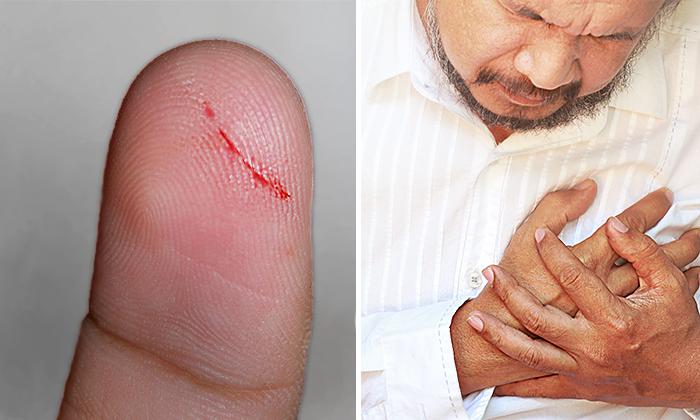Do you occasionally get memory lapses? Do you feel a tightness in your chest after climbing stairs? Maybe you’ve noticed that the paper cut on your finger took a ridiculously long time to heal. All of these can be signs of poor circulation or the lack of blood flow in extremities, like hands, feet, and the brain.
It’s no secret that healthy blood circulation is critical for supplying oxygen and nutrients to the brain and the rest of the body, while simultaneously carrying toxins and waste to the liver and kidneys to be removed. That’s why you should consult a doctor right away should you notice any of these 10 signs of poor circulation, which can lead to heart attack, stroke, or even death.






